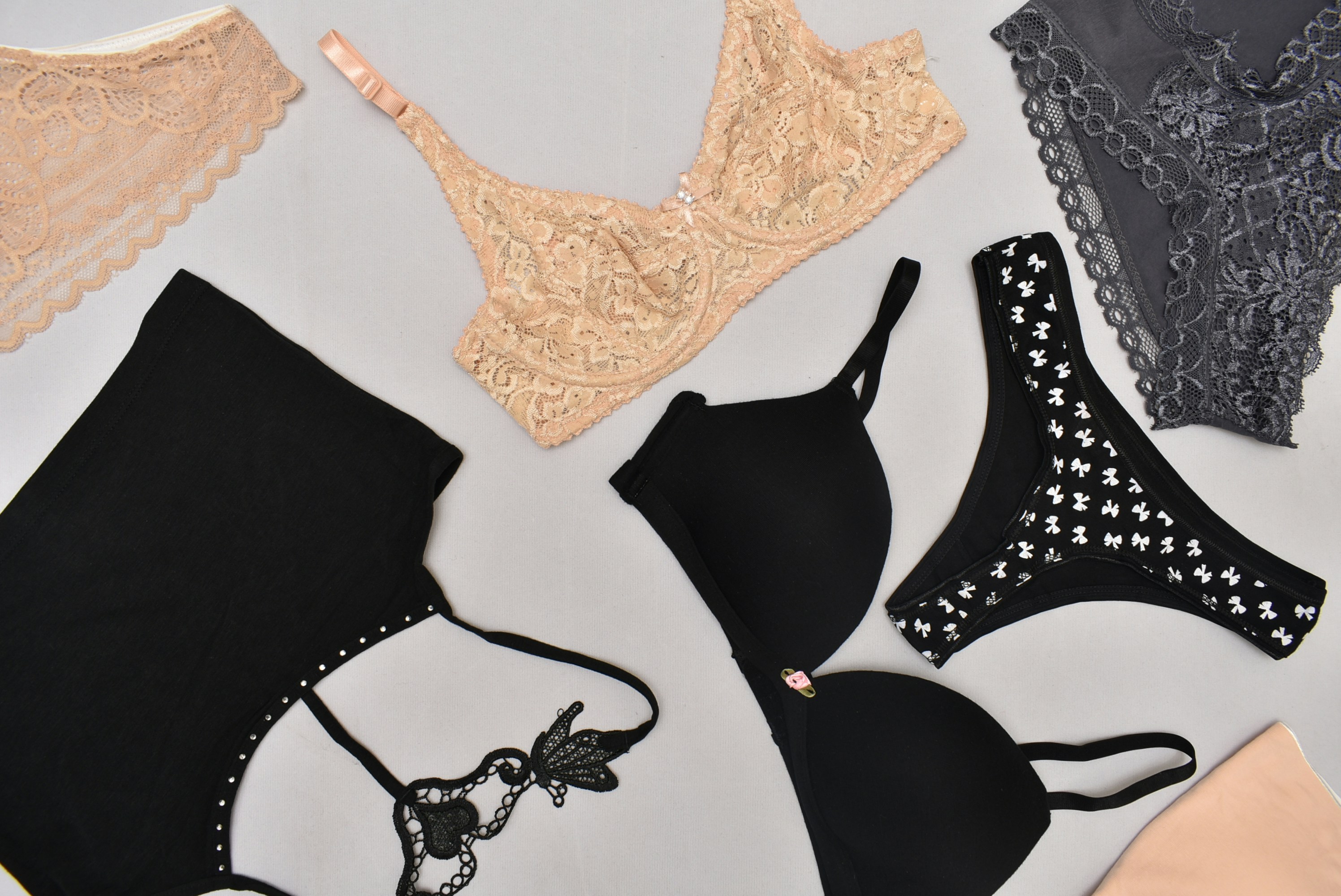The Renaissance of K-Beauty: Rising Star of Wellness and Self-Care
The K-beauty wave is more than just a trend. It's a cultural phenomenon, a holistic approach to beauty and wellness that is steadily gaining global attention. This article will delve into the rise of K-Beauty, examine its current industry trends, and explore its impact on the beauty and fitness space.

The Genesis and Evolution of K-Beauty
K-Beauty, short for Korean Beauty, is a term that was coined around 2011 when South Korea started promoting its cultural exports worldwide. The K-wave or “Hallyu” began with Korean dramas and K-Pop music captivating global audiences. Soon, the spotlight turned towards the glowing skin of these actors and pop stars, and K-Beauty was born.
The Korean beauty industry is characterized by constant innovation, high-quality products, and a focus on natural ingredients. Moreover, it is driven by the philosophy that beauty comes from a well-taken-care-of body, thus promoting a holistic approach to wellness.
Current Trends in K-Beauty: The Experts’ Take
According to industry experts, a defining trend in K-Beauty is the emphasis on skin health over makeup. There’s a marked shift towards products that nourish the skin from within, leading to a natural glow.
Another trend is the emphasis on natural and organic ingredients. Ginseng, green tea, and rice are some of the traditional Korean ingredients making their way into K-Beauty products. These ingredients are known for their healing and rejuvenating properties.
The concept of “skinimalism” is also gaining popularity. This approach promotes using fewer products but focusing on ones that are essential and effective.
K-Beauty: Benefits and Market Relevance
The emphasis on skin health and natural ingredients brings numerous benefits. Firstly, the focus on skin health promotes long-term wellness. K-Beauty routines often involve massages and relaxation techniques, contributing to overall well-being.
Secondly, the use of natural and organic ingredients means fewer chemicals and potential irritants, making these products suitable for sensitive skin types.
In terms of market relevance, K-Beauty has been nothing short of revolutionary. As of 2019, the Korean beauty industry was valued at $13.1 billion, with expectations to reach $25.11 billion by 2025.
The Impact of K-Beauty on the Beauty and Fitness Industry
K-Beauty has redefined global beauty standards and routines. The emphasis on skin health and wellness has influenced other beauty industries to follow suit.
Fitness industries have also taken cues from K-Beauty, integrating wellness routines that promote overall well-being. The focus on self-care and wellness has led to the rise of practices like yoga and mindfulness that complement the K-Beauty approach.
The Evidence-Based Claims of K-Beauty
The benefits of K-Beauty are more than just anecdotal. Scientific studies back many of the ingredients used in K-Beauty products. For example, ginseng has been proven to have anti-aging properties, while green tea is known for its anti-inflammatory effects.
Moreover, studies have shown that a holistic approach to wellness, like the one promoted by K-Beauty, can significantly improve overall health and well-being.
In conclusion, K-Beauty is more than just a passing trend. It’s a cultural shift that is transforming the beauty and fitness industries. By promoting a holistic approach to wellness, focusing on skin health, and using natural ingredients, K-Beauty is setting new standards in the beauty and self-care space. It’s a wave that is here to stay, and it’s high time we all rode it.




